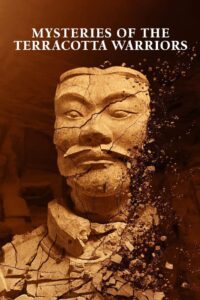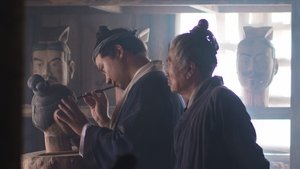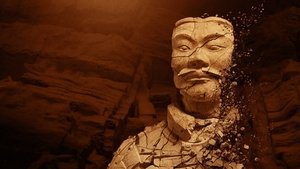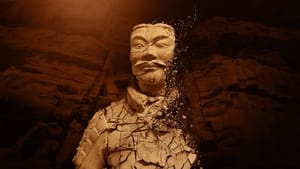
Video Sources 28 Views Report Error

Synopsis
The story of the thousands of terracotta warriors that guarded the tomb of China’s first emperor, Qin Shi Huang, is one of the most fascinating and mysterious tales in the annals of history. This incredible army, meticulously crafted from clay, was buried alongside the emperor over two millennia ago, serving as a guardian force in the afterlife. Through archaeological evidence and vivid reenactments, this narrative explores the origins, significance, and enduring legacy of these silent sentinels.
Qin Shi Huang, who ascended to the throne in 246 BCE, was a ruler of unparalleled ambition. He is best known for unifying China under a centralized government, laying the foundation for what would become one of the world’s longest-lasting empires. His reign was marked by significant achievements, including the construction of the Great Wall of China and a vast network of roads. However, his most ambitious project was his own tomb, a sprawling underground complex that would be his eternal resting place.
The centerpiece of this tomb was the terracotta army, a massive force of over 8,000 life-sized soldiers, horses, chariots, and other figures. Each warrior was uniquely sculpted, with individual facial features, armor, and weapons, reflecting the meticulous craftsmanship of the artisans who created them. These figures were arranged in battle formations, mirroring the military might that Qin Shi Huang wielded during his lifetime. The warriors were intended to protect the emperor in the afterlife, ensuring his continued dominance and security in the next world.
The tomb, and the army within it, remained hidden for over 2,000 years, lost to time and buried beneath the earth. It wasn’t until 1974, when farmers digging a well near the city of Xi’an accidentally unearthed one of the warriors, that the world became aware of this astonishing archaeological treasure. The discovery sent shockwaves through the global archaeological community, and subsequent excavations revealed the full extent of the burial complex.
Archaeological evidence provides a glimpse into the methods and materials used to create the terracotta warriors. The figures were constructed using a combination of assembly-line techniques and individualized artistry. Bodies were made from molds, while heads, hands, and armor were crafted separately and then attached. This process allowed for both uniformity and uniqueness, as artisans could add distinctive features to each warrior. The figures were then fired in kilns and originally painted in vibrant colors, though much of the paint has faded over the centuries.
Reenactments bring to life the world of Qin Shi Huang and the construction of his tomb. These dramatizations illustrate the immense scale of the project, which required the labor of thousands of workers, including craftsmen, soldiers, and slaves. The tomb’s construction was shrouded in secrecy, and it is said that those who worked on it were sealed inside to protect its secrets.
The story of the terracotta warriors is not just a tale of an ancient emperor’s quest for immortality, but also a reflection of the values, beliefs, and power dynamics of early Chinese civilization. The warriors symbolize the emperor’s authority, the artistry of the time, and the belief in an afterlife where such protection would be necessary.
Today, the terracotta army stands as one of the most remarkable archaeological discoveries in history, offering a window into the past and a testament to the enduring legacy of Qin Shi Huang. The ongoing study of these figures continues to reveal new insights into ancient Chinese culture, warfare, and funerary practices, ensuring that the story of the terracotta warriors remains as compelling and mysterious as ever.
Original title Mysteries of the Terracotta Warriors
IMDb Rating 6.7 1,251 votes
TMDb Rating 6.771 23 votes
Director
Director
Cast
Self - Qin Historian
Self - Senior Archaeologist
Self - Excavation Leader
Self - Senior Restorer
Self - Excavation Leader
Self - Qin Historian
Self - Forensic Anthropologist
Self - Excavation Leader
Self - Senior Restorer
Self - Qin Historian


















